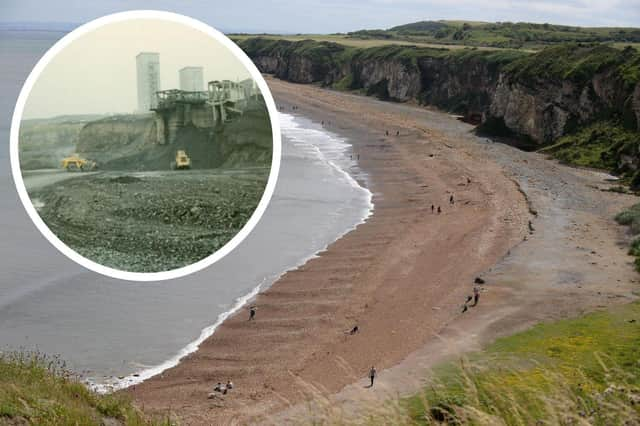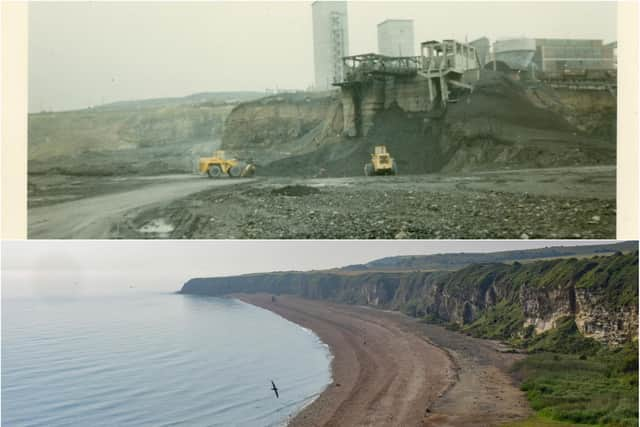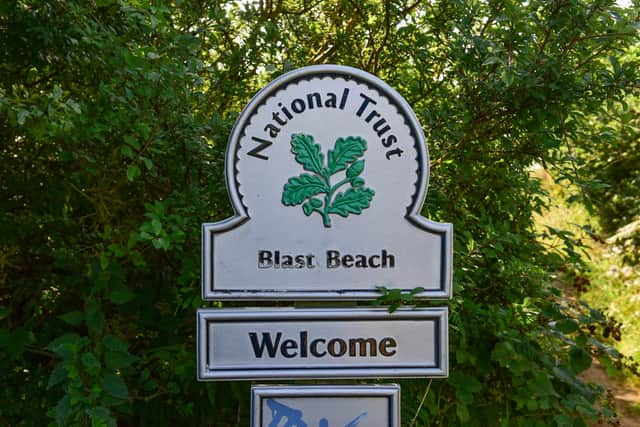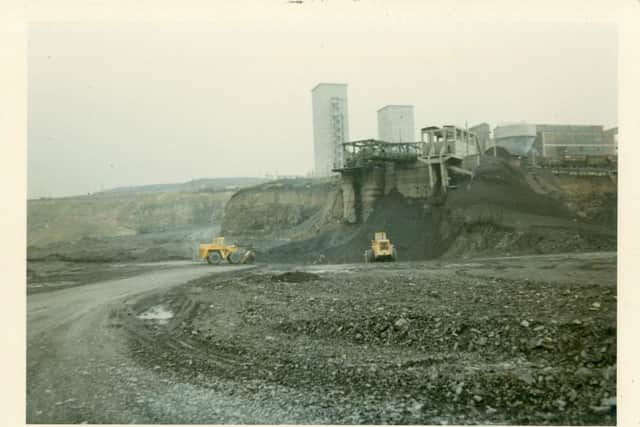The story behind Blast Beach - from an industrial dumping ground resembling an alien planet to a beauty spot


Now a coastal haven for wildlife and a place for people to enjoy again, Blast Beach has been completely rejuvenated since the late 1990s – when the coastline had suffered some of the worst pollution in the world.
For decades the beach was used as a dumping ground for four mines in East Durham – Noses Point, Easington Colliery, Horden Colliery and Blackhall Colliery.
Advertisement
Hide AdAdvertisement
Hide AdResearch suggest that the 12km stretch of beach was buried under no less than 2.5million tonnes of colliery waste – every single year.


And following almost of a century of colliery waste dumping, the devastation extended 7km out to sea.
After the pits were closed in the 1980s a massive regeneration project began to clean up the coastline.
Now, the beach is unrecognisable to the out-of-this world scenes which featured in Alien 3 and the grim black beaches which formed the backdrop for the climax of Get Carter with Michael Caine.
Advertisement
Hide AdAdvertisement
Hide AdIn total, 14 organisations, including Durham County Council and the National Trust, joined together for Turning the Tide (TTT) partnership and a £10million programme of environmental improvements was implemented through one hundred separate projects.


From 1997 to 2002, major work was carried out to combat the abuse the coastline had faced for decades.
And now 20 years on the beach is flourishing with wildlife, plants have returned and the community flocks to the seaside they had previously lost all hope in.
Eric Wilton, General Manager for the National Trust South of Tyne said: “We look after five miles of the East Durham coastline, which has been transformed from its industrial past to become a haven for wildlife, including wildflowers and rare butterflies.
Advertisement
Hide AdAdvertisement
Hide Ad“Once home to one of the biggest coal mines in Europe, the coastline suffered some of the worst coastal pollution in the world.


“The the landscape has been restored into a haven for wildlife and people who are able to use the coast again.”
Coun Carl Marshall, Cabinet member for economic regeneration at Durham County Council, added: “Not only at the wonderful Blast Beach with its unique sea glass, but its shops, bars, restaurants and hotels which attract visitors from all over the world. Seaham really is a success story.”
An image of the Seaham coastline from 1968, before mining activity made way for sea glass hunters and tourists, was provided to the Echo by Durham County Record Office.
Advertisement
Hide AdAdvertisement
Hide AdThe record office houses archive collections spanning almost 900 years which members of the public can view for local and family history research free of charge at its home at Durham County Council’s County Hall in Durham.
